The fact that there are currently 100 million active Pinterest users is not the only reason why you should be marketing on Pinterest. The other reason you should seriously consider having a Pinterest marketing strategy is to access its advertising network.
Unlike other social networks such as Facebook for example where users go to browse rather than shop, 93% of Pinterest users plan purchases on this network. So, using Pinterest ads, also known as “Promoted Pins” becomes a no-brainer.
However, before running Pinterest ads, make sure you avoid these 5 common and costly mistakes:
Mistake 1: Not having high quality images
Since Pinterest is above all, a photo sharing website, it’s important if you want your Pinterest ads to stand out and your Pinterest marketing to bring you results, to use eye-catching images. Don’t combine multiple images per promoted pin, as it will end up looking too busy. If you plan to promote multiple products on a single promoted pin, then don’t exceed four product images, and make sure the overall pin has a single theme.
For example, should you be selling baby clothes and accessories, you can create a promoted pin selling an individual product such as a pair of shoes, or display multiple pairs of shoes without including other products in the pin that are irrelevant to the theme, such as pyjamas.
The size of your pin is as important as the quality of the image. Make sure your promoted pin is vertical, rather than square. The aspect ratio for example could be 2:3 and the width of your pin should be a minimum of 600 pixels. So a pin that is 600 x 900 pixels is usually a perfect size.
Mistake 2: Not designing a funnel
Another common mistake advertisers make when marketing on Pinterest, is not mapping out a funnel before launching a promoted pin. Instead, their Pinterest marketing strategy is just to send traffic directly to their website or sales page. Although this can still convert into sales, it’s trickier when dealing with cold traffic who doesn’t yet know, like or trust the brand.
Instead, a good habit to adopt with promoted pins is to send traffic to a piece of content such as a video, article or blog post.
To discover how to write your first blog post, check out these tips and strategies.
Then, within the piece of content, promote a lead capture page to capture people’s email details for follow up emails for those who didn’t purchase anything yet, upsells and downsells.
Then, end your funnel by sending people who have opted in to a sales page. Of course, your funnel doesn’t need to end there. You can create follow up emails with people who have completed a purchase by promoting other, similar products as it’s easier to generate sales from an existing customer than from a prospect.
Mistake 3: Creating one-hit wonders
When marketing on Pinterest and setting up a promoted pin, don’t just rely on a single ad to bring you the traffic and leads you need. Instead, your Pinterest marketing strategy should be to promote multiple pins, testing the image and the description. When looking at your Pinterest marketing efforts, you’ll soon notice that some images and some descriptions perform better than others instead of relying on a single promoted pin.
For example, you can create 3 ads, each one with the exact same description but a different image. Then, wait a day or so to check which ad performed the best and switch off the other ads. You can even run the same ad targeting different placements. For example, one ad to be displayed on ipads, another ad to be displayed on mobile devices and a third ad displayed on desktop computers. You’ll soon notice that one of the ads performs better, and you can easily switch off the other 2 ads.
You can even run multiple ads, each one targeting different sets of keywords. For example, you can run an ad to sell a beauty product targeting keywords around “anti ageing”, then create the same ad targeting keywords around “face cream” and another same ad targeting keywords around “skincare”. That way, you can easily monitor which groups of keywords perform better and switch off the one with the set of keywords that perform less well.
Mistake 4: Not optimising your account
You’ll notice that when you launch promoted pins, your ad will also have a link back to your profile. Should people see your ad and click on your profile link, it’s important that your account doesn’t look bare.
Make sure your bio is completed and it underlines how you solve a specific problem, or what you specialise in and what makes you unique from everyone else. Also ensure you have a profile picture. Your profile picture should either be the logo of your business if you are not the face of the brand like Starbucks for example, which has a logo. Or put a headshot of you if you are the face of the brand.
Plus, make sure you have several boards, that have several pins. The themes for each board should be relevant to what your target audience would be looking for and not be random topics. For example, should you want to use Pinterest marketing to promote your online fashion store, you could have the following boards:
- Fashion accessories for women
- Summer fashion tips
- Celebrity fashion styles
- Fashion trends for men
- Etc…
Ideally, your account should have a decent number of followers. Anything from 1,000 followers and above is great.
Mistake 5: Keyword targeting
With Pinterest promoted pins, you’ll have two choices when deciding on the targeting. You can either target people according to keywords or according to interests. When you target people according to keywords, your ad will appear when people type in one of the keywords you’re targeting in the search bar.
For example, if your ad targets the keyword “weightloss” your ad will appear when people type in the keyword “weightloss”. If your ad targets people according to interests, it means it will show on the newsfeed of people who are interested in specific topics.
A good way to proceed when choosing your targeting, is starting with keyword targeting first. Then, check your audience analytics, which will show you the interests of the people who have clicked on your ads. That way the next time you run ads, you’re sure to make the right choices in terms of interests instead of guessing.
So I hope you’ve enjoyed this video on The 5 Biggest Mistakes to Avoid with Pinterest Promoted Pins. Remember to leave a comment below and subscribe to our YouTube channel to receive the latest social media tips straight to your inbox.
About the Author

Corinna Essa is known internationally as the go-to person when it comes to social media marketing.
Corinna owns a social media marketing company helping businesses around the world leverage the power of social media without doing any of the legwork. Her company has been featured in many media outlets including Sky Business news, Working Women magazine, Ymagazine, Tasmanian Times, Channel 7 and 101fm.
Corinna is also the author of 2 bestselling books “Money On Demand – The 16 Fastest Ways to Becoming a Millionaire Online” and “Reach: The SECRETS to converting your social media audience into your network marketing downline fast”

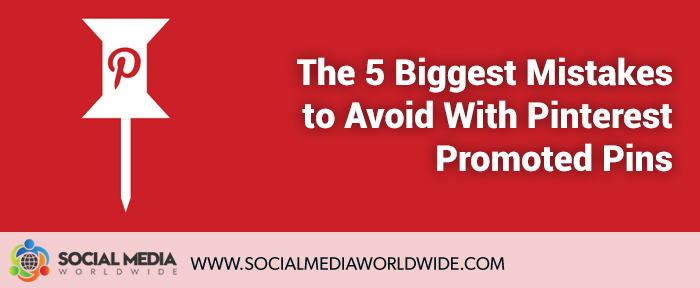
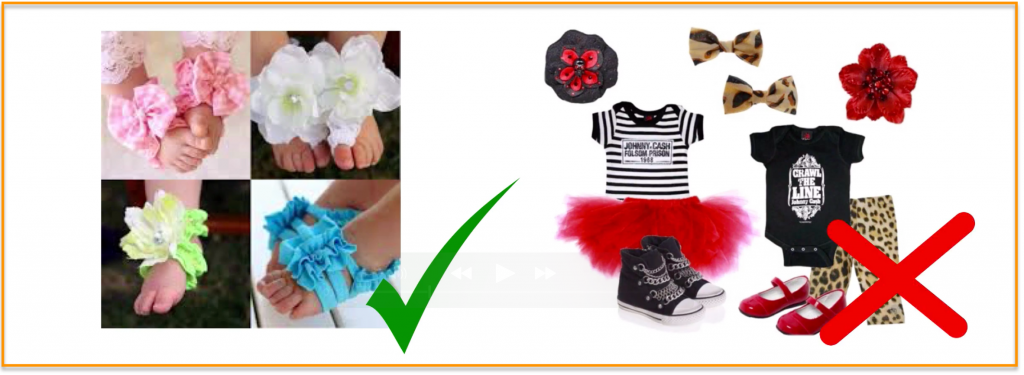
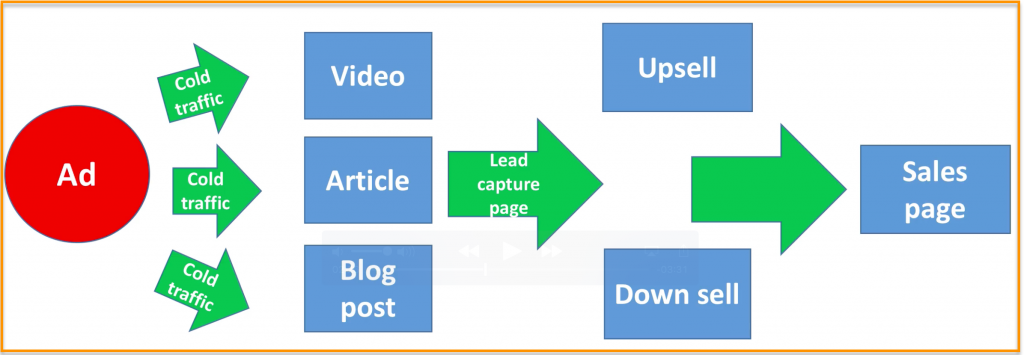

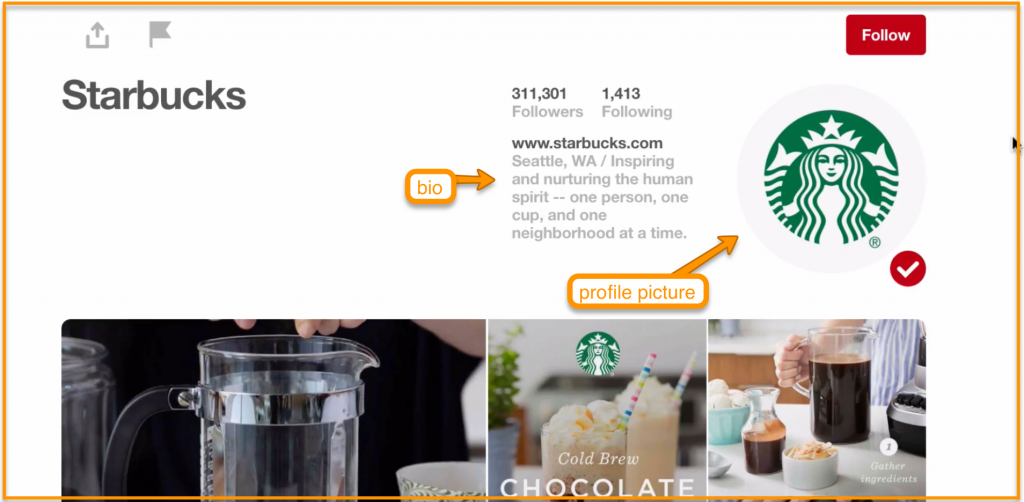
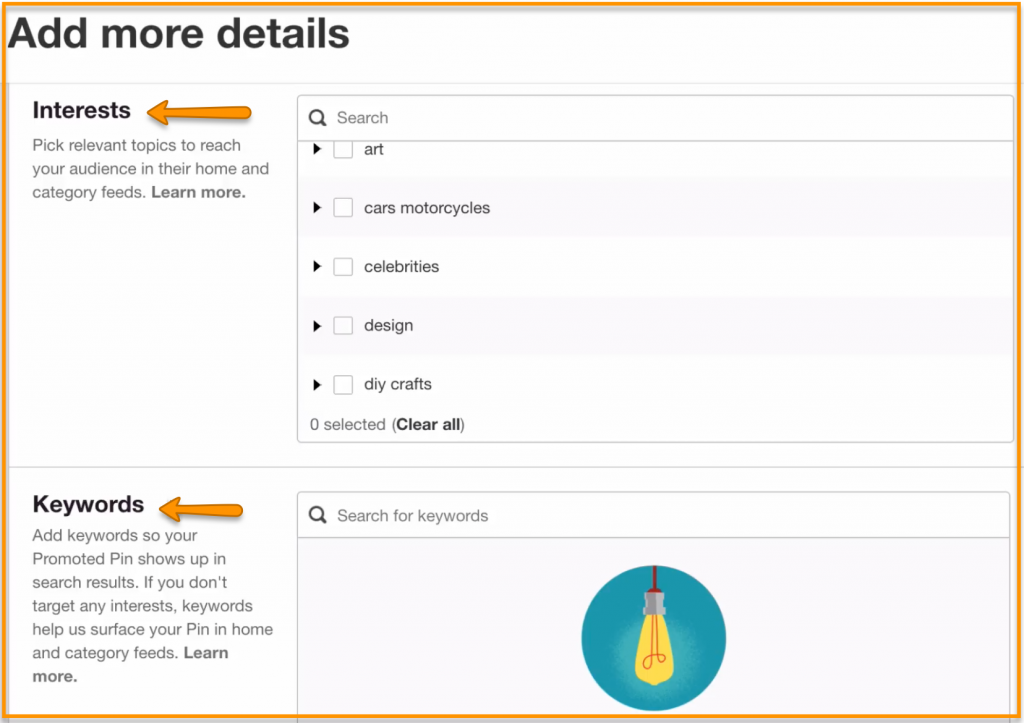


Loved this article – Great info- concise and actionable.
Glad you enjoyed it 🙂
I really need to get on Pinterest and your article has spurred me on. Many Thanks
Thanks Frances!
Thank you so much for your article, and really very much helpful.
Thanks James, glad you enjoyed it!
hi, just wondering have you tried to run any campaign with no interest and no keyword targetting? Simply just rely on the keyword/interest expansion, let Pinterest do its job.
I am trying this strategy on my website:https://lafiacraft.com
Most of my campaigns are product pins
I haven’t but let us know how it goes for you!